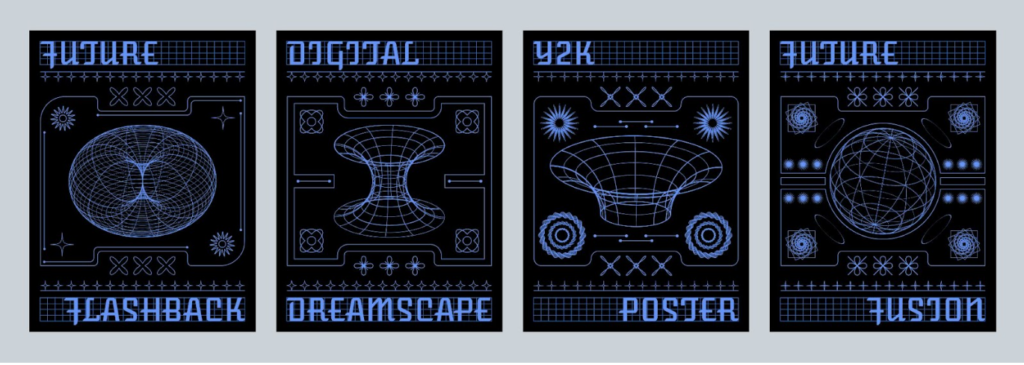Design is no longer just about creating beautiful visuals or functional products. The meaning of design has shifted—and so must we. In today’s evolving landscape, designers are no longer merely artists or problem-solvers. They are agents of change, advocates of value, and storytellers of impact. To stay relevant, we must begin redesigning our influence—and that starts by finding common ground between design, community, and the future.
The Shift: From Form to Future
Traditionally, design was seen as a service—an aesthetic solution to a brief. But in an era of global change, economic uncertainty, climate crises, and technological disruption, design must become a driver of transformation. The future of design lies not in what we create, but why and how we create it.
Designers today are uniquely positioned to address social, environmental, and economic challenges. With every project, we have the opportunity to influence behavior, shift perspectives, and ignite conversations. We are not just designing logos, websites, or interfaces—we are designing systems, values, and futures.
Redefining Influence in a Crowded World
Influence used to mean trendsetting or creating something “kool.” Now, influence means responsibility. As designers, our job is no longer to convince clients that something looks good. Our role is to craft compelling narratives that connect design to broader goals—impact, value, and vision.
This means asking tough questions:
- How does this design support long-term goals?
- What kind of behaviors will it encourage?
- Who is it serving—and who might it leave out?
Designers must become advocates who lead with empathy, curiosity, and a deep understanding of context. That’s how we create lasting influence that resonates beyond trends.

Finding Common Ground
To create meaningful work, we must find common ground between clients and users, data and intuition, creativity and strategy. In a world of silos and polarization, design becomes a bridge that connects disparate voices, aligning teams and audiences around shared purpose.
When we ground our design in shared values, we shift from decoration to direction. The power of common ground lies in its ability to unlock clarity. It helps teams move forward with intention. It transforms projects into partnerships. And most importantly, it ensures that design is not just seen, but felt and understood.

Designing for the Future
The future of design isn’t about tools or trends—it’s about influence with integrity. We must design with sustainability in mind, anticipate societal shifts, and innovate with inclusivity at the forefront.
Whether it’s reimagining urban spaces, crafting inclusive digital experiences, or shaping the identities of purpose-driven brands, our influence as designers must align with long-term thinking. The most powerful design today doesn’t just look ahead—it shapes what’s next.
Final Thoughts: Influence Is a Practice, Not a Position
Design is no longer just a creative discipline. It is a strategic force that can shape culture, elevate causes, and solve complex problems. But only if we redesign our approach to influence.
To thrive in the future, designers must embrace their roles as facilitators, educators, and collaborators. We must lead with clarity, grounded in shared values and purpose. And above all, we must remember: real influence comes not from control, but from connection—finding common ground and building from there.
- HubSpot vs. Mailchimp: Which Marketing Platform Is Best in 2025? - September 24, 2025
- Why Human Creativity Still Reigns: 5 Skills AI Can’t Replace (and How to Double Down on Them) - August 29, 2025
- Is the Path to Success Quicker as a Designer in a Marketing Agency or as a Freelancer? - July 29, 2025


0 Comments